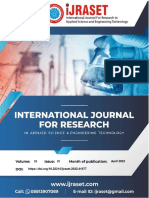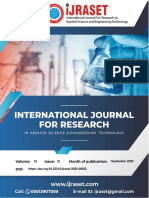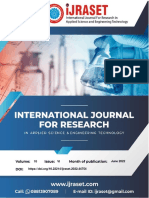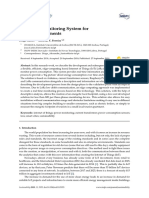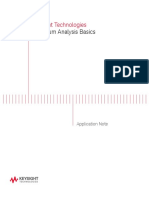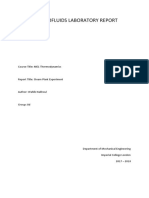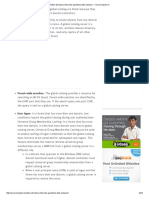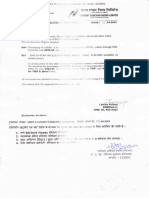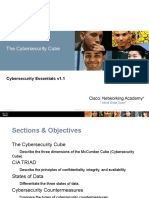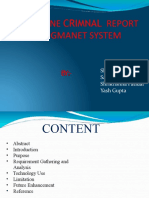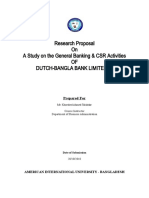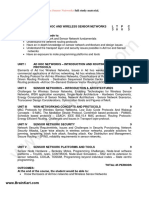0% found this document useful (0 votes)
40 views7 pagesAbstract-And Indexing Format Updated
The document presents abstracts from the Second International Conference on Multi-Disciplinary Research Trends in Engineering and Technology (ICMRTET), covering various innovative projects such as an EV Energy Management System, Internet of Energy framework, and a remote-operated lake cleaning machine. Other topics include smart health monitoring systems, vehicle powertrain simulations, and solar-powered sanitization gates, all emphasizing advancements in technology for sustainability and efficiency. The conference highlights interdisciplinary approaches to tackle contemporary challenges in engineering and technology.
Uploaded by
MamataCopyright
© © All Rights Reserved
We take content rights seriously. If you suspect this is your content, claim it here.
Available Formats
Download as DOCX, PDF, TXT or read online on Scribd
0% found this document useful (0 votes)
40 views7 pagesAbstract-And Indexing Format Updated
The document presents abstracts from the Second International Conference on Multi-Disciplinary Research Trends in Engineering and Technology (ICMRTET), covering various innovative projects such as an EV Energy Management System, Internet of Energy framework, and a remote-operated lake cleaning machine. Other topics include smart health monitoring systems, vehicle powertrain simulations, and solar-powered sanitization gates, all emphasizing advancements in technology for sustainability and efficiency. The conference highlights interdisciplinary approaches to tackle contemporary challenges in engineering and technology.
Uploaded by
MamataCopyright
© © All Rights Reserved
We take content rights seriously. If you suspect this is your content, claim it here.
Available Formats
Download as DOCX, PDF, TXT or read online on Scribd
/ 7









































